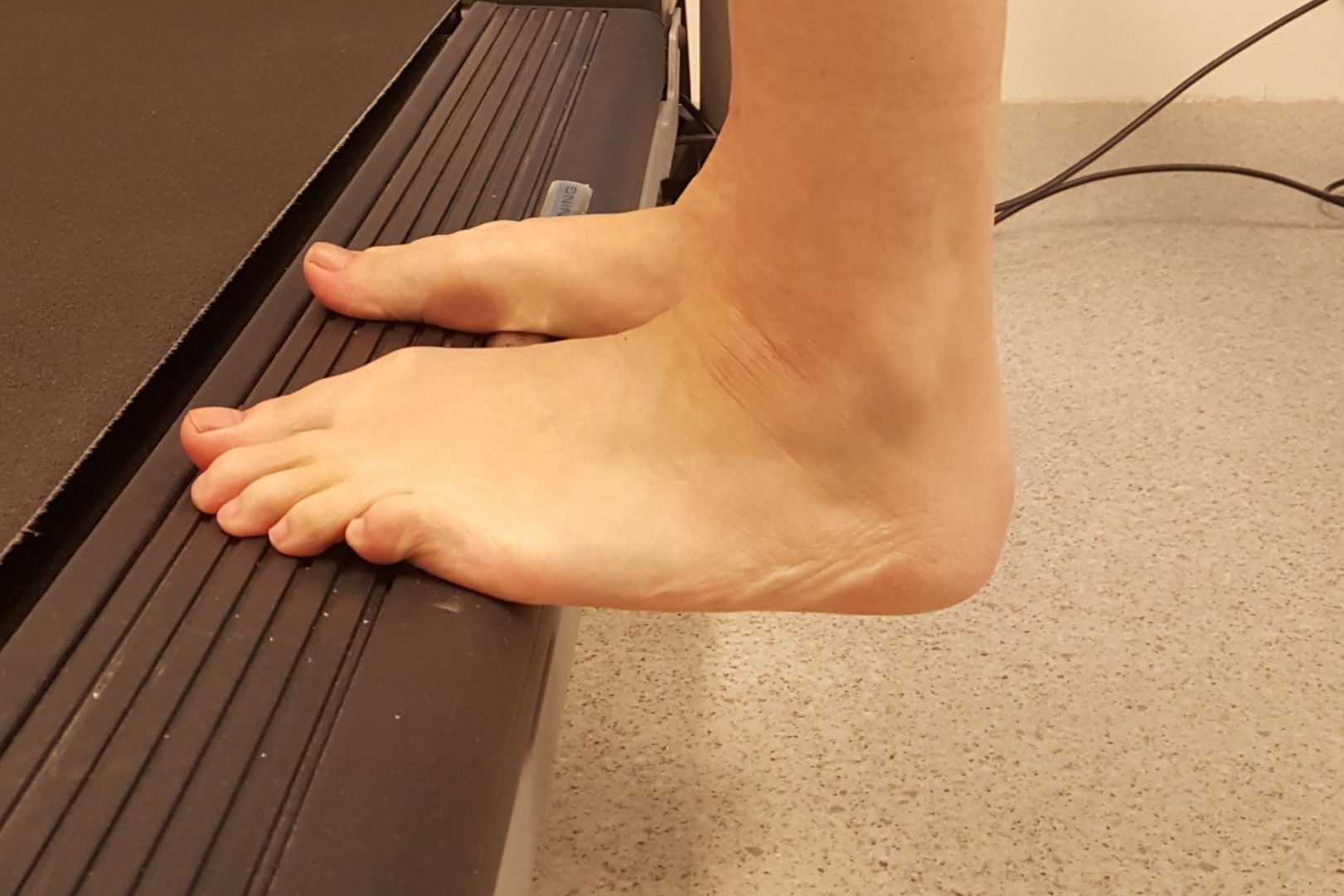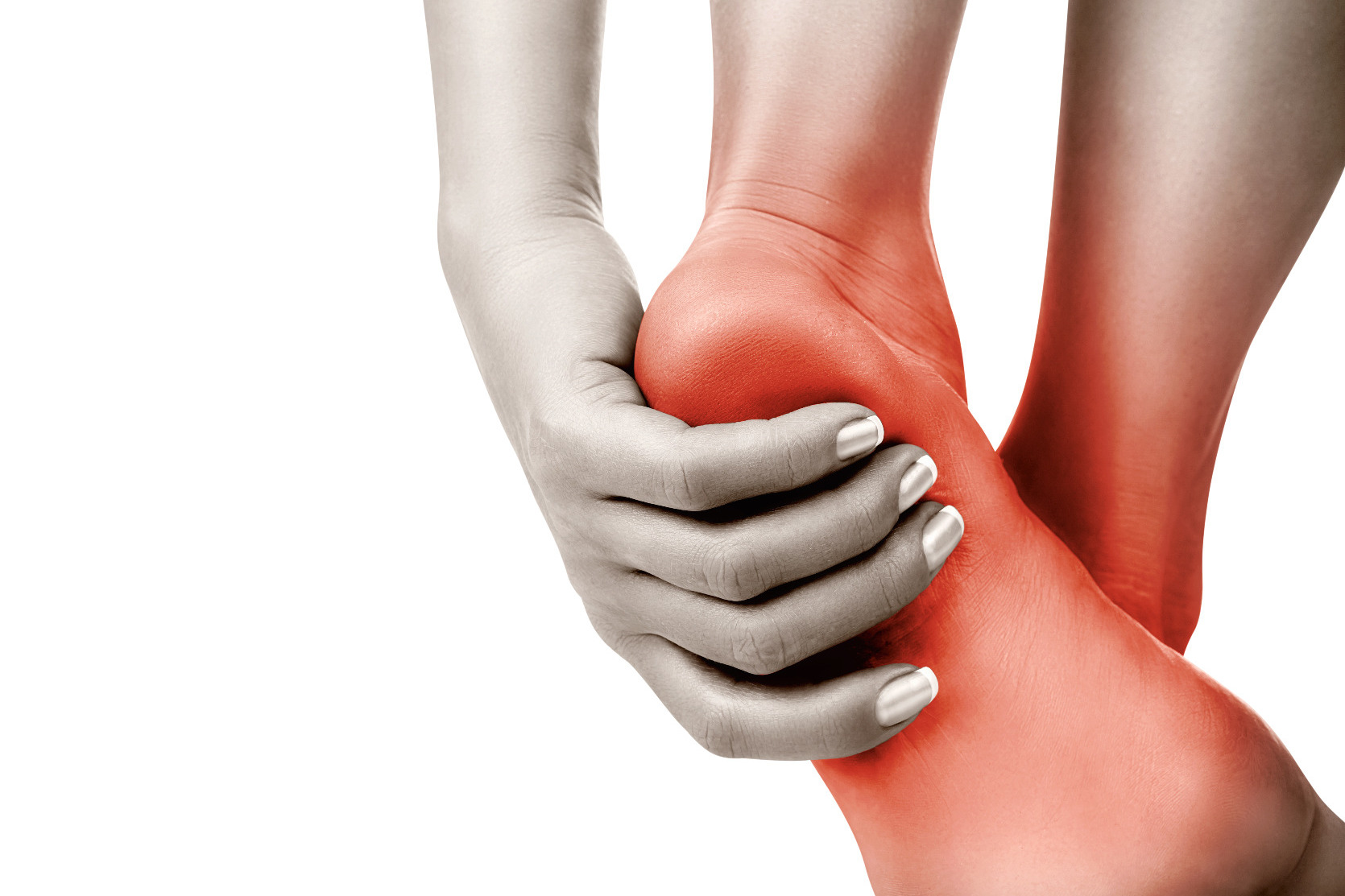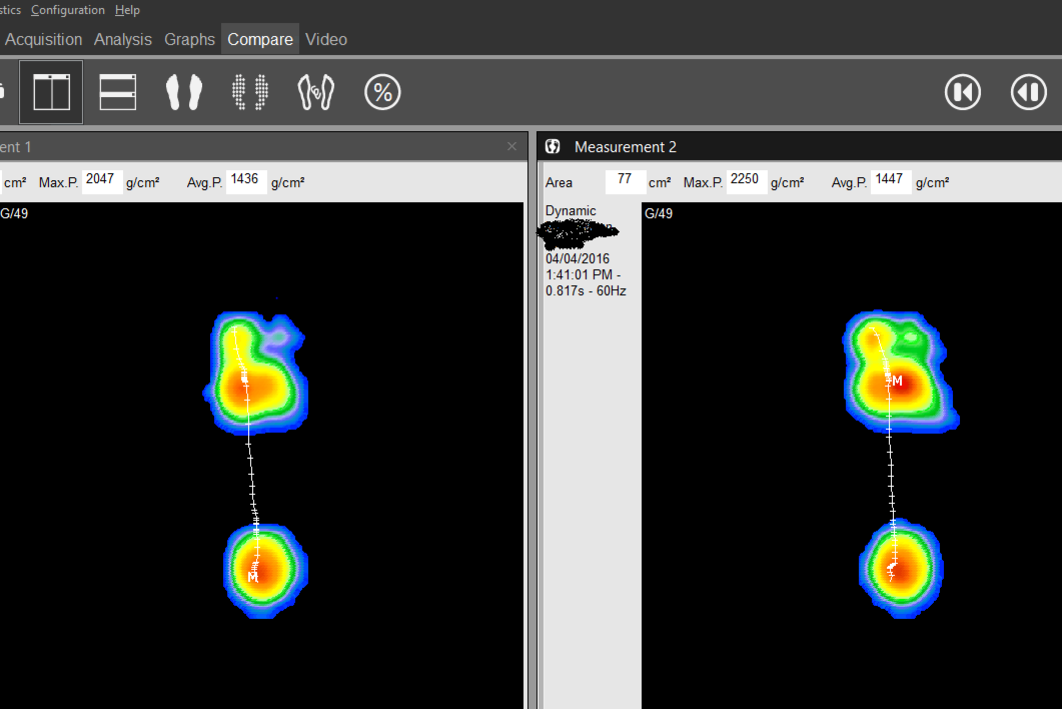HEEL PAIN
Heel Pain
It is impossible to treat heel pain until a diagnosis has been made. I have been there, the knife-like pain in the heel first thing in the morning and the dull ache that makes your heart sink every step you take, accompanied by a sharp tug in the arch when I need to go on my tip toes. The sheer relentlessness of it makes you grab the nearest pain killer in anticipation of what is to come.
There is a lot of anecdotal ‘evidence’ of ‘cures’ out there and I do not apologise for the use of quotation marks there because there is no ‘cure’ and just because a pair of shoes/sandals/insoles helps one person absolutely, definitely does not mean that these too will cure you. This is why, before you spend another penny buying the latest remedy you must find out the cause.
Below is a description of a few of the most common causes but as you can see from this image there are many, many more.
Plantar Fasciopathy: A thickening of the plantar fascia, with pain first thing in the morning or after a period of rest. Pain around the inside of the heel, which is worse as you ‘push off’ when walking or running. Pain eases when you rest.
Fat Pad Oedema: Swelling within the fat pad under the heel. Pain is right under the heel and can be sore to touch or with pressure. Pain is typically worse on heel strike. Pain eases when you rest.
Bone Oedema: Bruising and swelling within the heel bone. Pain is present on walking or when resting and may be resent at night. Heel may be tender when squeezed.
Baxter’s Nerve Entrapment: An entrapment of the Baxter’s nerve (lateral plantar nerve) which branches from the tibial nerve – sometimes mistaken for plantar fasciitis. The difference is the pain is sharp, with some numbness in the inside aspect of the heel, which can track to the outside. No first step pain in the morning and the pain tends to get worse as the day goes on. Pain can be sporadic when the nerve is stretched or stressed.
Calcaneal Apophysitis: Also known as Sever’s disease, is pain in the back of the heel and occurs during sports. Only present in children, typically aged 10-14, who are active.
Medial Calcaneal Nerve Entrapment: A sharp pain, similar to Baxter’s nerve entrapment with some numbness in the heel. No first step pain in the morning, pain around the inside of the heel near the origin of a muscle that helps to move the big toe away from the midline of the body.
My pain turned out to be plantar fasciopathy, left foot only. Why? Because I have a flatter left foot than right foot and this strains the plantar fascia at the point it inserts into my heel and along the arch. Lucky for me I was training to become a podiatrist at the time and had a full assessment and was cast for orthotics that were not the same for each foot as my feet are different.
This worked for me and as long as I do not go for prolonged periods of time barefoot, I am absolutely fine. In order to treat heel pain and prevent recurrence the cause MUST be diagnosed, and we can do this in a Biomechanical Assessment [Book Here]








